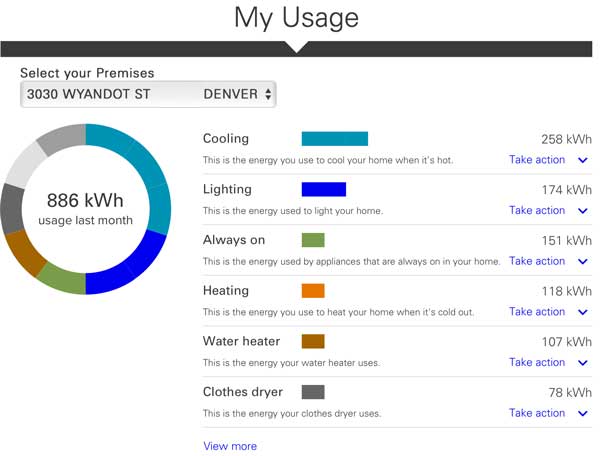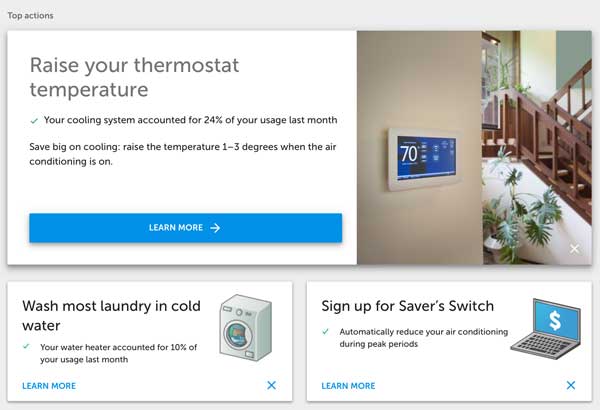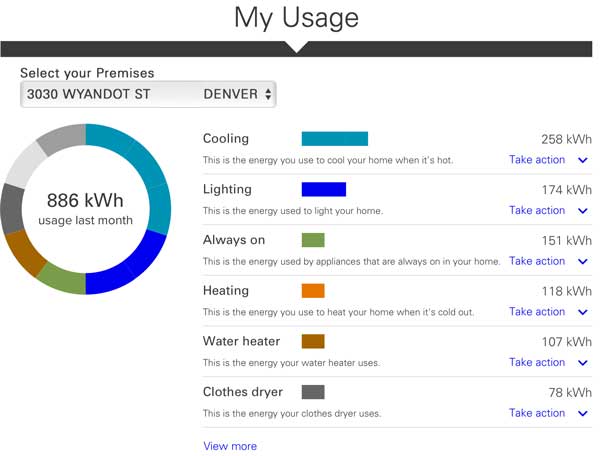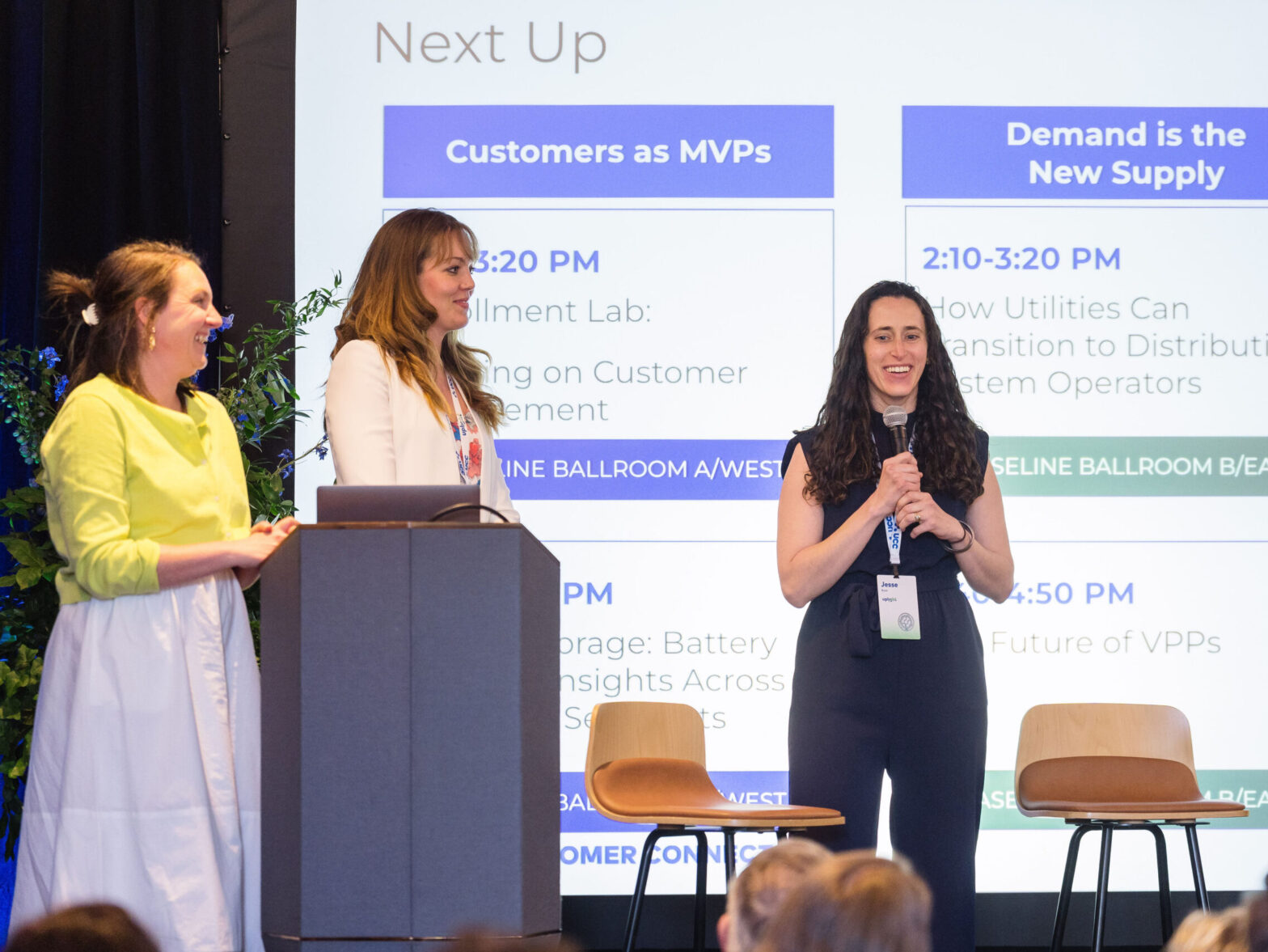This post was originally published on EnergySavvy’s website. EnergySavvy is now Uplight.
Online Assessments are critical to any utility’s customer engagement strategy, adding tremendous value for the overall customer experience and satisfaction. Not only are energy assessments a source of rich customer data and a tool to drive DSM program participation, but they can also enable utilities to have a 360º view of each customer to create a personalized experience that meets increasing customer expectations.
Effective and targeted customer communication is more important than ever–especially for utilities working to integrate advanced technologies, behavioral programs and time variable rates to manage the grid. Fortunately, utilities can integrate usage (especially interval data if available) and rate information with online assessments to make personalized recommendations, via assessment results, to encourage customers to change their behavior and reduce their energy use.
In order to take advantage of the full engagement potential of online assessments, utilities should:
- Use data to help customers understand their drivers of energy use
Utilities can use robust analytics to provide a breakdown of how each customer uses energy from heating to cooling to other end use loads and how those loads impact their bill. With the integration of interval data, this breakdown can include end-use loads such as pool pumps, EVs, dryers, water heaters and more. And because the energy usage chart is featured alongside tailored recommendations, customers can immediately and quickly take action with customized programs, services and offerings best suited for how they can reduce energy or change behavior. These personalized tools are especially helpful in providing customers the information they need to get the most out of a new rate plan or to target customer for demand reducing programs and actions.
Figure 1: Disaggregated energy use chart in the customer portal

- Deliver more personalized recommendations based on usage data
Currently, 66% of utility customers don’t feel like utility communications are relevant to them. Personalization means making communications truly individualized and relevant to each customer—not sending out a generic email blast or displaying the same energy saving tips no matter the customer’s rate or load profile. By adding additional analytics capabilities to aggregate assessment data with usage data, and by evaluating all potential actions and messages, utilities can use the full potential of the online assessment to identify the ones most relevant to each customer based on how and when they use energy. For example, these recommendations can target customers who might be a good fit for a Time of Use rate, or good fit for a demand response program based on their HVAC load and usage trends. Utilities can also use recommendations to target high-value programs such as feeders at risk, demand response, or distributed energy resources.While recommendations are a critical part of the results page of an assessment, using predictive analytics enables utilities to prioritize the ones most relevant to a customer. And, engaging customers after completing an online assessment is highly effective. In fact, EnergySavvy has found that customers who received recommendations after completing the online assessment are five times more likely to sign up for utility programs compared to other tools.
Figure 2: Customized recommendations within the online assessment

- Broaden your reach with data gathered from assessments
While many utilities are already incorporating feedback loops from their online assessments, there are still even more ways to get additional value to broaden their customer touch points. One way is to use data from completed assessments to conduct outreach to similar customers. For example, neighborhoods typically contain customers with similar housing characteristics.dding load profile analysis enables utilities to geo-target customers who are most likely to participate in a particular program, rate or service either to meet DSM goals or to reduce demand on a distribution asset. We’ve seen utilities identify customers with higher than average energy-savings potential of the standard customer list, using customer data from completed assessments. - Leverage assessment recommendations across all channels
Because customers use a variety of different channels—from mobile to desktop to direct mail— utilities need to consider all of them when communicating with customers and provide a consistent, unified experience between them all. The personalized recommendations and insights that come out of assessment and usage data analysis can be embedded in online My Account portals, mobile applications or even in the call center. Call center agents, empowered with data from online assessments integrated into existing CSR screens, can make proactive recommendations to customers as well as assist with issues–all without clicking to another screen.
By leveraging the full capabilities of online assessments including energy use disaggregation, targeted recommendations, broader outreach, and cross-channel communication, utilities can use proactive personalization to reach the right customer with the right message via a tool most already have in place–online assessments. To find out more about how to leverage modern assessments, download EnergySavvy’s eBook.




